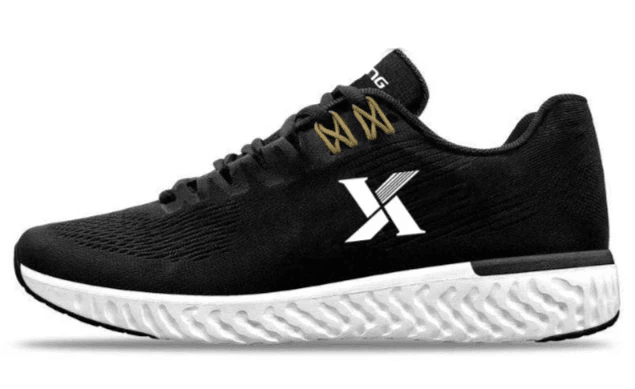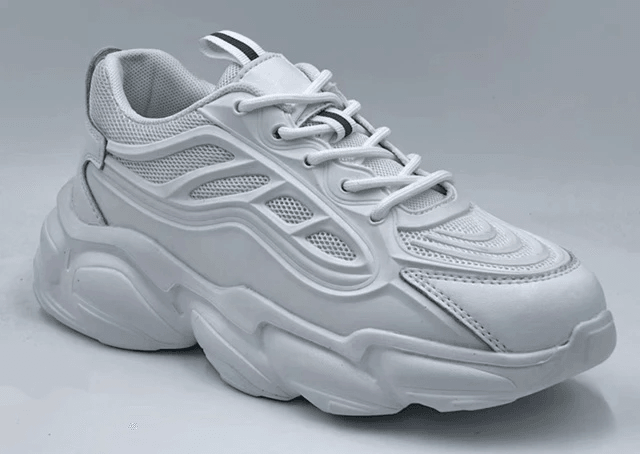Whether you’re a seasoned marathoner or a weekend walker, understanding the nuances of sneakers, joggers, and running shoes is key to optimizing comfort, performance, and injury prevention. Let’s dive into what makes these shoes unique and how to choose the right pair for your needs.
1. Joggers vs. Running Shoes: What’s the Difference?
While “joggers” and “running shoes” are often used interchangeably, subtle distinctions matter:
Cushioning: Jogging shoes prioritize moderate cushioning for shorter, slower runs or daily wear. Running shoes, however, offer advanced shock absorption (e.g., gel or air units) for high-impact, long-distance training.
Weight: Joggers are typically lighter than performance-focused running shoes, making them ideal for casual workouts or gym sessions.
Flexibility: The soles of joggers are more flexible to accommodate natural foot movement during low-intensity activities.
Pro Tip: If you’re clocking over 5km regularly, opt for running shoes; for leisurely jogs or cross-training, joggers suffice.
2. Key Features to Look for in Jogging Shoes
Not all sneakers are created equal. Here’s what defines a high-quality pair of joggers:
Breathable Uppers: Mesh or knit materials (like Nike Flyknit) keep feet cool during sweaty workouts.
Responsive Midsoles: Technologies such as Adidas Boost or Reebok Floatride Energy provide a balance of cushioning and energy return.
Traction Outsoles: Durable rubber with multidirectional treads (common in ASICS Gel-Venture or New Balance Fresh Foam) ensures grip on pavement or trails.
Arch Support: Look for contoured footbeds or removable insoles, especially if you have flat feet or high arches.
Brands like Brooks and Saucony dominate the sports shoes market with jogger-specific models like the Ghost or Guide lines.
3. The Rise of Hybrid Sneakers: Blending Style and Function
Modern sneakers increasingly blur the lines between athletic performance and streetwear. “Stylish jogging shoes” combine the comfort of jogging shoes with fashion-forward designs:
All-Day Comfort: Skechers’ GOwalk series or HOKA’s Clifton line offer plush midsoles for urban commutes.
Versatile Aesthetics: Nike’s Air Max 270 or Puma’s RS-X3 pair tech-driven cushioning with bold colors, appealing to gym-goers and sneakerheads alike.
4. How to Extend the Lifespan of Your Sports Shoes
Even the best joggers wear out. Follow these tips to maximize durability:
Rotate Pairs: Avoid daily use to let midsoles decompress. Alternate between two pairs of running shoes or sneakers.
Clean Gently: Remove dirt with a soft brush and mild soap. Never machine-wash jogging shoes—it damages adhesives.
Replace Timely: Most sports shoes lose optimal support after 500km.
5. The Future of Joggers: Sustainability and Smart Tech
Innovation is reshaping the sports shoes industry:
Eco-Friendly Materials: Brands like Allbirds (wool joggers) and Veja (recycled polyester) lead the charge in sustainable sneakers.
Smart Sensors: Under Armour’s HOVR connected jogging shoes sync with apps to analyze gait, pace, and stride length.
Whether you’re chasing personal bests or chasing errands, the Best jogging shoes can make all the difference. By prioritizing features like breathability, cushioning, and traction—and staying informed about trends like hybrid designs or eco-tech—you’ll invest in sports shoes that deliver both performance and style.
Ready to upgrade your footwear collection? Explore our curated collection of durable joggers, lightweight sneakers, and running shoes engineered to keep you moving mile after mile!
Step Confidently in Your Joggers!





